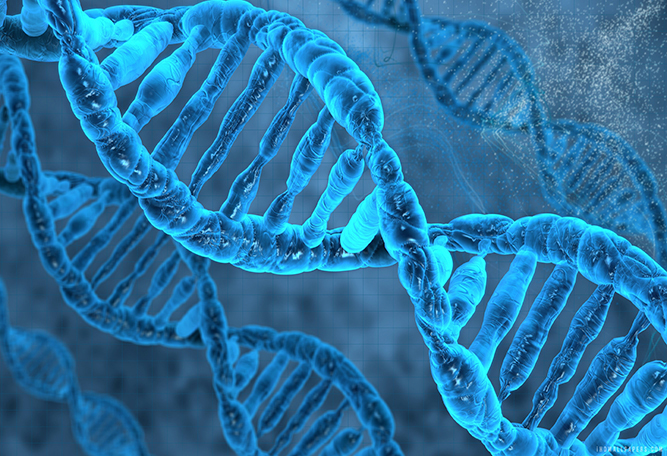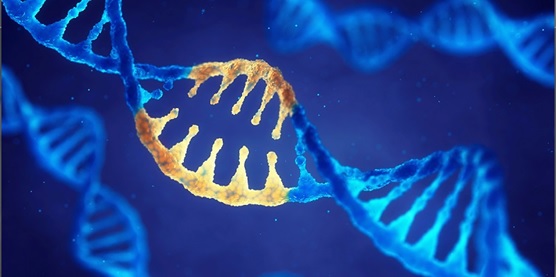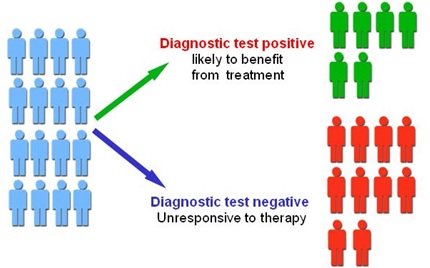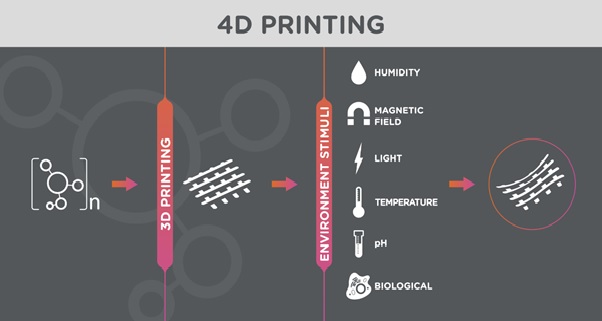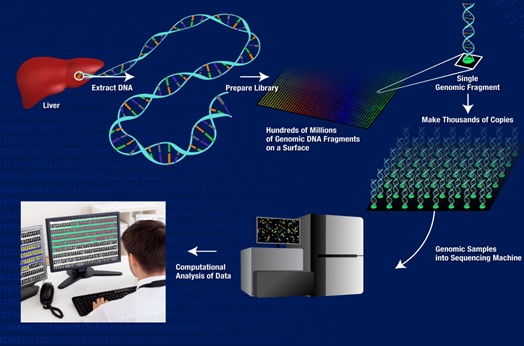Gene Silencing and DNA Methylation Processes
Genes manufacture proteins and it’s a sequence of DNA. Every gene has a specific expression spectrum. Gene expression is defined as, ‘in how much amount a particular protein is formed from a gene in a particular cell type.
Gene silencing is a modern gene-editing technique used for genetic engineering experiments. Using techniques like RNA [1] interference, CRISPR-CAS9 and antisense figure 1 shown below RNA technique, a gene of our interest can be suppressed or its expression is controlled.
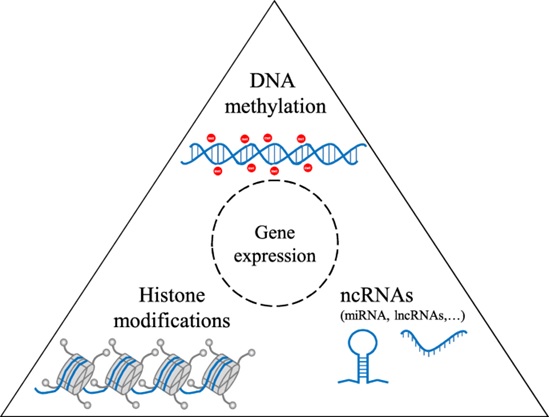
Figure 1: DNA Methylation
Let us take an example to understand the whole gene expression system. A gene known as CASCADE makes a protein that helps in the regulation of the cell cycle. Now, due to some unknown reason the CASCADE activity is imbalanced and produces more proteins than normal.
Proteins are one of life’s four essential building blocks. The other three are carbohydrates, lipids, and nucleic acids (DNA and RNA). Proteins can be either big such as part of the fibers that make up your muscles, or they can be small and be part of the structural elements of a cell. Enzymes are a form of proteins that are essential for all kinds of reactions in your body, from the digestion of food to the [2] replication of DNA. Proteins can also be antibodies that are used to help your immune system fight on infections or hormones that send messages throughout your body.
Types of gene silencing methods
- Antisense oligonucleotides
- RNAi-based therapies
- CRISPR/Cas9 system
Benitec combines the power of RNAi interference with the durability of expression from gene therapy delivery to permanently silence disease causing genes. This powerful combination provides a platform to create novel therapeutics for the treatment of human disease.
RNA interference (RNAi) is an evolutionarily conserved mechanism of sequence-specific gene silencing mediated by small interfering RNAs (siRNAs), which are comprised of double-stranded RNAs of approximately 21bp. [3] A DNA directed RNAi (ddRNAi) approach relies on the use of introducing DNA templates to utilize the cells’ endogenous transcriptional machinery to produce short hairpin RNAs (shRNAs) that are then processed by the endogenous RNAi machinery into siRNAs.
Once siRNA have been loaded into the RNA induced silencing complex (RISC), the corresponding antisense strand can bind to a target RNA, ultimately resulting in the loss of the messenger RNA. With no mRNA species left to be translated into proteins, the net effect of RNAi is to induce the loss of gene expression of that targeted gene.
References:
- https://geneticeducation.co.in/what-is-gene-silencing-definition-process-techniques-and-applications/
- https://yourdna.com/gene-silencing/
- https://benitec.com/our-science/gene-silencing/
Cite this article:
Thanusri swetha J (2021), Gene Silencing and DNA Methylation Processes, AnaTechMaz, pp. 14



